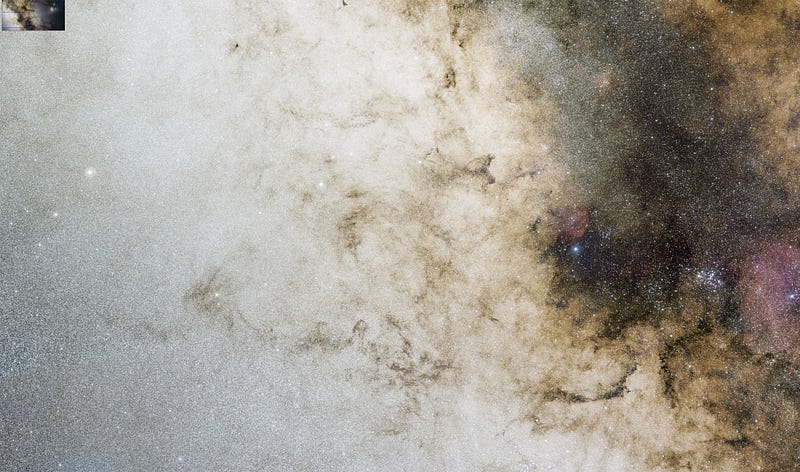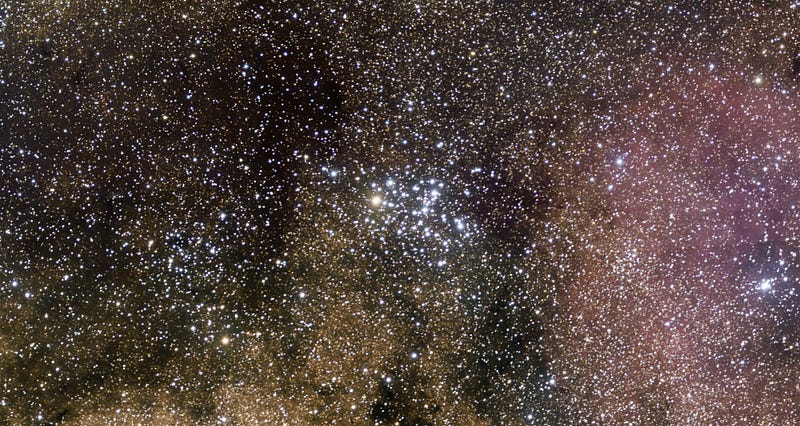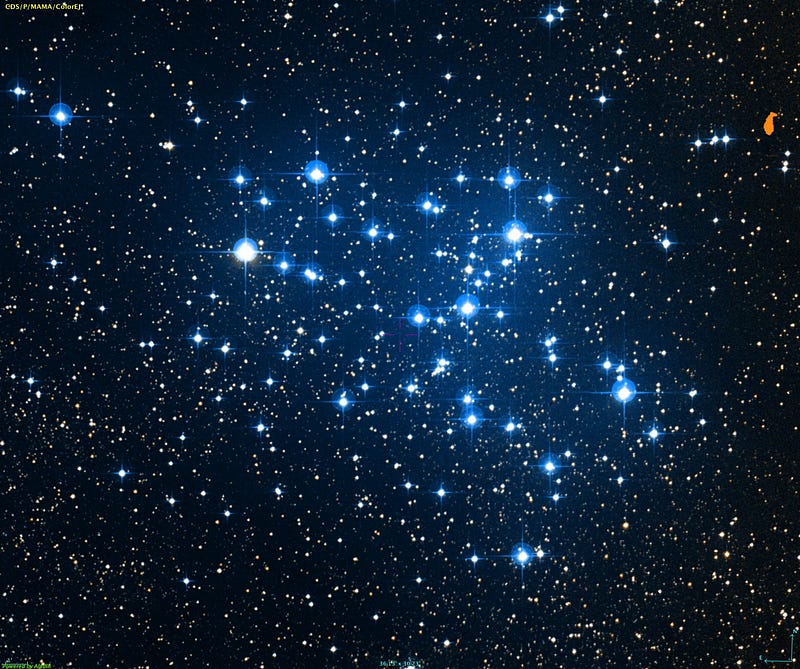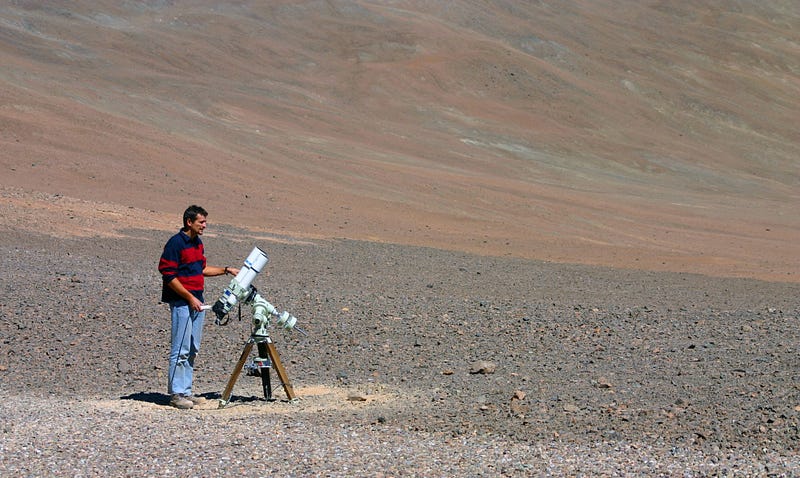Exploring the Vastness of the Milky Way: A Cosmic Perspective
Written on
Chapter 1: A Glimpse into the Milky Way
The advancement of astronomical technology enables us to capture breathtaking images showcasing millions of stars scattered across vast distances of light-years. This capability challenges us to grapple with a concept of vastness that both intimidates and intrigues us, far removed from any human experience of the past.
Galileo marveled at the realization that a small telescope revealed far more stars than his naked eye could perceive. Over the past four centuries, technological innovations have led to increasingly powerful telescopes, dramatically enhancing the number of stars visible and the density of star fields captured in a single image.
Today, a clear, dark sky, such as that from Cerro Paranal in the Chilean Andes, combined with a modest telescope and camera, is enough to generate a stunning mosaic of the Milky Way brimming with countless stars. A prime example of this potential was demonstrated by astrophotographer and optical engineer Stéphane Guisard, who meticulously combined 1,200 individual images captured over 29 nights, amounting to a total exposure time of 200 hours. The result is a remarkable mosaic of the Milky Way's central region, featuring well-known nebulae, globular clusters, and the densely populated star fields of Sagittarius, along with the breathtaking areas of Antares and Rho Ophiuchi.
The final product boasts an impressive resolution of 24,000 × 14,000 pixels, totaling 340 million pixels. It spans an area of the sky equivalent to the space covered by two open hands held at arm's length. On Guisard's website, viewers can explore the image, zooming in and out to appreciate its intricacies. Below, I present snippets of the mosaic at various magnification levels to provide insight into the vastness and richness of this cosmic tableau.
The sheer scale of the universe continually astounds and unsettles me when I examine such images. It serves as a reminder of the immense beauty of the cosmos we inhabit.
Guisard's work captures only a fraction of the Milky Way. His telescope's limit stands at approximately the 12th magnitude, while the Hubble Space Telescope can observe objects up to the 30th magnitude—nearly 16 million times fainter. This means that the stars we can identify by zooming in on Guisard’s depiction of the galactic center represent merely a small fraction—less than a thousandth—of the hundreds of billions populating the Milky Way, which itself is just one among two trillion galaxies.
Yet, the multitude of bright specks in a magnified section of the mosaic compels our brains—evolved to navigate a much smaller physical realm—to confront a profound challenge: to conceptualize the true immensity of the cosmos and learn how to relate to it.
The ocean feels immense to us, but for early humans embarking on small canoes, it was a daunting expanse leading to uncharted territories. However, the overwhelming density of stars in the galactic center presents a scale that dwarfs even the largest oceans on Earth.
The luminous white of the densest star fields suggests that these millions of stars are in close proximity to one another. In reality, the average distance between stars within globular clusters is measured in fractions of a light-year.
You need not venture far beyond our solar system to encounter distances that seem unfathomable. For instance, the Sun is nearly 150 million kilometers away, yet it takes traveling 63,241 times that distance to cover just one light-year. After 42 years in space, Voyager 1, the farthest human-made object, has only traversed 146 astronomical units, equating to 20.6 light-hours—merely one four-hundred-twenty-fifth of a light-year!
In summary, everything beyond our planet is not only vast but also incredibly distant. Living in an era of advanced telescopes like Hubble, we are among the first generations to confront a notion of immensity unlike any previous human experience. Our intuition must now stretch to comprehend dimensions that far exceed our capacity for direct experience. We must adapt our understanding to the actual scale of the universe, as we navigate a reality that has expanded far beyond the confines of our small planet.
In the face of such immensity, we are afforded the deeply human joy of knowing that a nearly uncharted wealth of knowledge awaits discovery. As astronomer and science communicator Phil Plait eloquently stated, "And this is why I never, ever get tired of astronomy. There’s so much to see! It would take a million human lifetimes, and even then we’d only barely have begun."
Chapter 2: The Cosmic Wonders Revealed
The three images above illustrate a progressive zoom toward the red supergiant Antares and the globular clusters NGC 6144 and M4 [S. Guisard / ESO].



